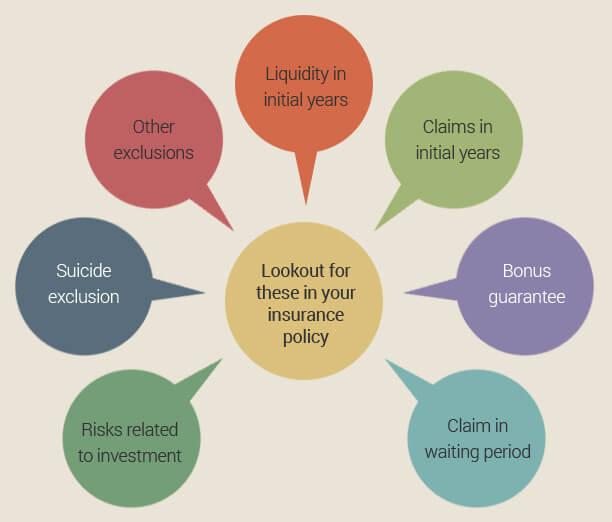When purchasing an insurance policy, one of the key elements to understand is the deductible. The deductible plays a crucial role in how much you pay out of pocket and directly impacts the claims process. In this guide, we'll break down what a deductible is, how it works, and its influence on your insurance claims.
1. What Is a Deductible?
A deductible is the amount of money you, as the policyholder, are required to pay before your insurance company starts covering the remaining costs. It applies to various types of insurance, such as health, auto, homeowners, and renters insurance. Deductibles can be a fixed dollar amount or a percentage of the total claim.
For example, if you have a $500 deductible on your auto insurance and file a claim for $2,000 in damages, you will need to pay the first $500, and the insurer will cover the remaining $1,500.
2. How Does a Deductible Work?
Deductibles help manage risk for both you and the insurance company. Here’s how they function:
- Out-of-Pocket Payment: You are responsible for paying the deductible amount for each claim, or annually, depending on the type of policy.
- Claim Submission: After you’ve paid your deductible, your insurance company will pay for covered damages, up to the policy limits.
It's important to note that some insurance policies have separate deductibles for different types of claims. For instance, homeowners insurance might have one deductible for general claims and a different, higher deductible for claims involving natural disasters like hurricanes or earthquakes.

3. Types of Deductibles
Different types of insurance policies may have various deductible structures:
- Fixed Dollar Deductible: A set amount you pay out of pocket per claim, such as $500 or $1,000.
- Percentage-Based Deductible: Common in homeowners insurance, this is based on a percentage of the home’s insured value. For example, a 2% deductible on a home insured for $200,000 would mean you pay $4,000 before the insurer covers the rest.
- Per-Claim Deductible: You pay this amount each time you file a claim. Auto insurance typically follows this structure.
- Annual Deductible: You pay up to a certain deductible amount over the course of the policy year. Once reached, the insurer covers 100% of subsequent claims. Health insurance often uses this model.
4. How Does a Deductible Impact Insurance Claims?
The size of your deductible directly affects your premium and your ability to file a claim. Here are key ways a deductible impacts your policy:
- Premium Costs: Generally, choosing a higher deductible results in a lower premium, because you are shouldering more risk. Conversely, a lower deductible means higher premiums, but you’ll pay less out of pocket when a claim is filed.
- Claim Frequency: If you have a high deductible, you may be less likely to file small claims, as you’ll have to cover the initial costs. For example, if you have a $1,000 deductible on homeowners insurance and minor damages only cost $900 to repair, you wouldn’t file a claim since the cost doesn’t exceed the deductible.
- Out-of-Pocket Costs: The deductible determines how much you must pay upfront. If an unexpected event occurs and your deductible is high, you may need to have sufficient savings on hand to cover your portion of the costs.
5. Choosing the Right Deductible
When selecting a deductible, you’ll need to balance the premium you can afford with your ability to pay out of pocket in the event of a claim. Here’s how to decide:
- Assess Your Finances: If you have savings and can comfortably cover a higher deductible, you might opt for one to reduce your premiums. However, if an unexpected $1,000 or $2,000 expense would strain your finances, consider a lower deductible for peace of mind.
- Consider Risk: If you live in an area prone to natural disasters, choosing a lower deductible for homeowners insurance might be wise. For auto insurance, consider your driving habits and history. Frequent claims may necessitate a lower deductible.
- Compare Premiums: Compare the premium difference between high and low deductible options. Sometimes, the premium savings from choosing a higher deductible may not be significant enough to justify the increased out-of-pocket risk.
6. How Deductibles Apply to Different Insurance Types
- Health Insurance: Health insurance policies often have annual deductibles, meaning you’ll pay for services up to a certain amount each year before insurance kicks in. Some services like preventive care may not require meeting a deductible.
- Auto Insurance: You typically pay a deductible per claim for incidents such as collisions, theft, or damage. Deductibles vary by type of coverage (collision vs. comprehensive).
- Homeowners Insurance: Deductibles apply per claim, with percentage-based deductibles common for natural disasters. For instance, if a hurricane damages your home, you may have to pay a 2% deductible before the insurance covers the rest.
- Renters Insurance: This usually has a flat-rate deductible that applies when personal property is damaged or stolen.

A deductible is an essential part of any insurance policy, and understanding how it works can help you make the best decision for your coverage. By balancing your deductible with your premiums and out-of-pocket costs, you can tailor your insurance policy to your financial situation and risk tolerance. Whether you’re choosing auto, health, or homeowners insurance, carefully consider your deductible to ensure you’re adequately protected without breaking the bank.


.jpg)









.jpg)